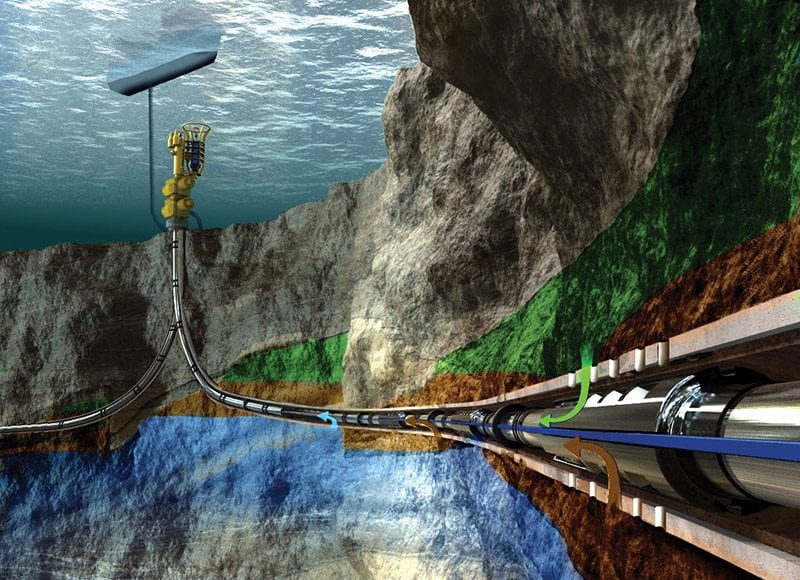Types of wells: A well drilled to discover a new oil or gas reservoir is called a wildcat or exploratory well. The well that discovers a new field is called the discovery well for that field and subsequent wells – drilled to determine the field’s size and boundaries – are known as step-out, delineation or appraisal wells.
Developmental wells are drilled in a proved producing area and wells drilled between producing wells in an established field to increase production are called infill wells. Dry wells contain no oil or gas, or hydrocarbons in insufficient quantities.
Firming up the economics
Before drilling, the operator must evaluate the economic case for a well, calculating the chances of finding commercial quantities of oil or gas, how quickly a discovery would pay back the investment and how much of a profit it would eventually make – in light of the prevailing oil price.
Drilling contracts
Explorers bring expertise and risk capital to oil exploration, but seldom own, maintain or even operate the equipment. That and numerous other technical tasks are usually outsourced to specialist services companies.
Site preparation
An area is cleared for the drilling pad, water supply is established (by laying a water pipeline or digging a well) and a reserve pit is dug and lined with plastic to hold waste mud and cuttings from the well. Rig equipment is then installed, the most visible of which is the derrick, the metal framework that supports the weight of the drilling apparatus. The deeper the well, the heavier the load and the bigger and stronger the derrick needs to be.
Not one direction
Drilling a vertical well in a perfectly straight line is difficult: when the drillbit encounters a different type of rock, it tends to deflect slightly – or dogleg. But most wells in the US these days, and many more around the world, aren’t vertical. They’re designed not to be straight.
In directional drilling, special power tools build angles into the wellbore, mixing up vertical and curved sections, and building in variations in azimuth. Horizontal wells, a type of directional well, can deviate by 90 degrees from the vertical and, from that point, even start to drill upwards. Extended-reach wells have lateral sections stretching up to around 12 kilometres.
There are lots of reasons for drilling horizontally. Directional wells can navigate round underground hazards. They can minimize surface impact because several wells can be drilled from one point. They can reduce costs by enabling offshore deposits to be drilled from land – making costly platforms unnecessary. And a single horizontal well can encounter multiple reservoirs and replace the need for dozens of vertical wells.
To be continued…
Source: Energy-Future




